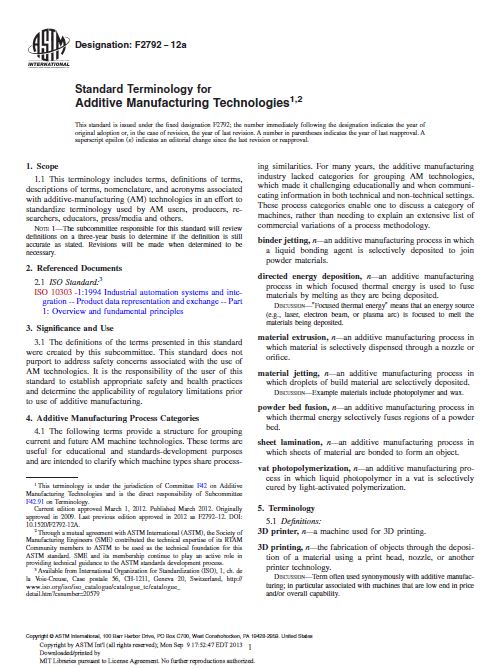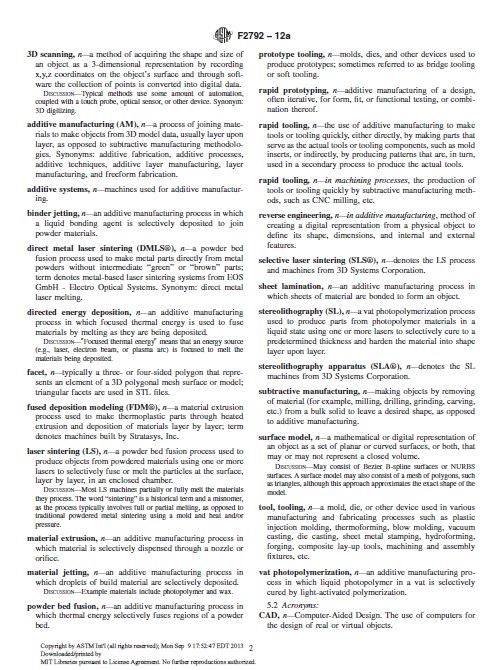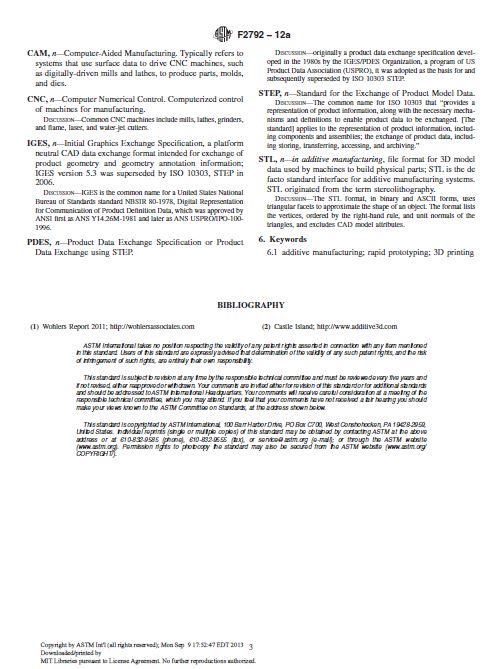|
A research team has designed a new style of 3D printing which is able to print combined materials using ultrasonic waves. The engineers, based at the University of Bristol, demonstrated the novel method in which ultrasound is used to position millions of microscopic glass fibers into a tiny reinforcement framework. The layer is then placed using a focused laser beam, which cures the epoxy resin and prints the object.
The study explains how the researchers mounted a switchable, focused laser module onto the carriage of a conventional 3D printer, above the new ultrasonic alignment equipment. In the test, a print speed of 20mm/s was achieved – comparable to the speed of a standard 3D printer. The engineers showed the ability to build a plane of fibers into a reinforcement framework, and precisely orientate the fibers by switching the ultrasonic standing wave pattern during the printing process. This technique allows for the creation of almost any type, size or shape of fiber, including complex fibrous architectures, such as those required in high-performing products (tennis rackets, golf clubs, aerospace components, and fishing rods etc). Short explaining video for the process: |
Facebook: |
|
Download the scientific research paper made by the engineering team in Bristol University and published in the middle of this month about this technique:
1 Comment
|
Eng. Rami KhalilMechanical Design and Production Engineer. Archives
September 2019
Categories
All
Facebook:Youtube: |




 RSS Feed
RSS Feed